Popular Historical Buildings in Lahore
Here is a list of some of the most famous historical buildings in Lahore.- Minar-e-Pakistan
- Lahore Fort
- Badshahi Mosque
- Lahore Museum
- Tomb of Jehangir
- Shalimar Garden
- Masjid Wazir Khan
Minar-e-Pakistan
On 23rd March, 1940, the All-India Muslim League passed the Lahore Resolution in which the concept of a united homeland for Muslims living under the British Raj was accepted. Minar-e-Pakistan was constructed in Iqbal Park to commemorate the event, in the form of a tall minaret. The people of Pakistan also celebrate 23rd March as Pakistan Day which is a national holiday, every year.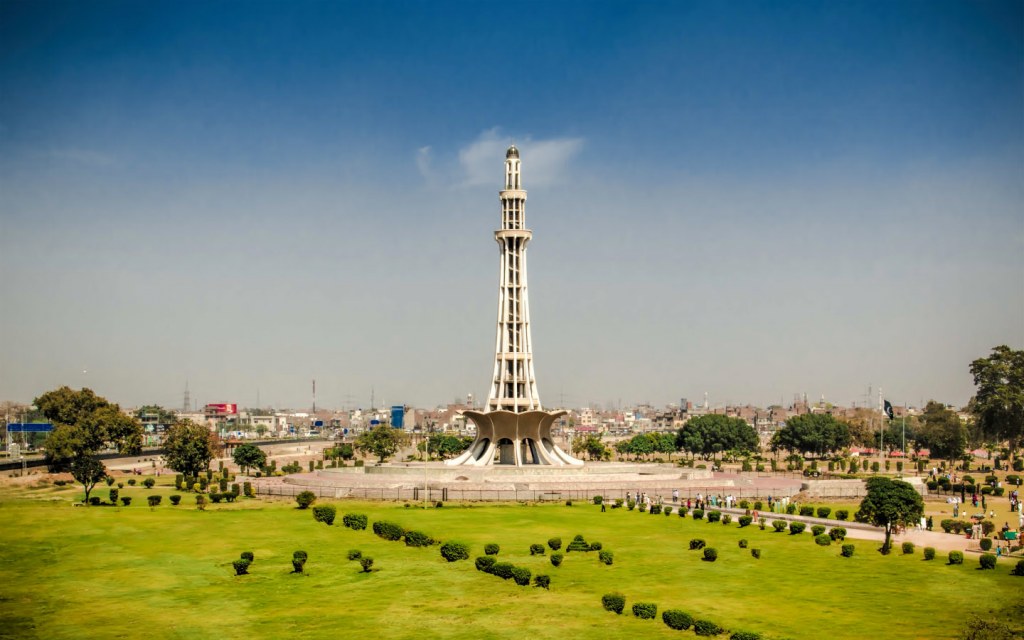
Opened in 1968, the 70 m high tower boasts a fascinating design which is a mix of contemporary and Mughal architecture. Undoubtedly, the site is one of the most popular tourist attractions in Lahore. Constructed out of reinforced concrete, the tower’s walls and floors are rendered in stones and marble.
Location: Greater Iqbal Park
Lahore Fort
Also popularly known as the Shahi Qila, the famous Lahore fort was constructed during 1556-1605. The foundation of the fort was laid during the reign of Akbar. At that time, the fort’s design was a fusion of the Hindu and Islamic architecture motifs. However, more additions were made during the Shah Jahan period including luxurious marbles and Persian floral designs. Aurangzeb, the last of the great Mughal emperors, constructed the iconic Alamgiri Gate which faces the famous Badshahi Mosque.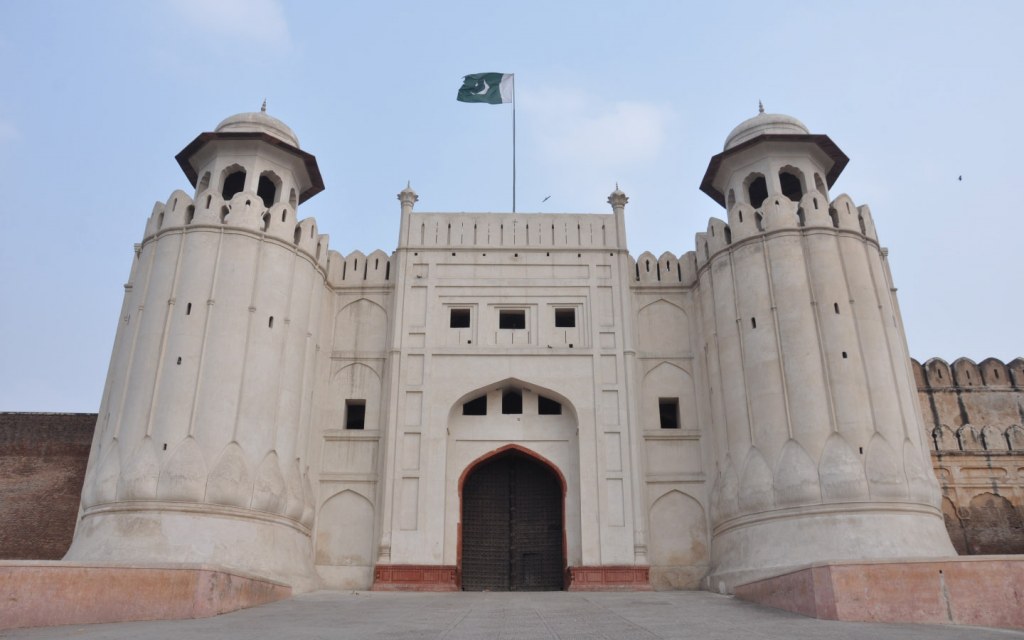
Location: Fort Road, Walled City
Badshahi Mosque
Constructed in 1673, the Badshahi Mosque in Lahore, was built by the Mughal Emperor Aurangzeb. It ranks second on the list of the largest mosques in Pakistan. Not only does the building hold great significance, it is also one of the most popular historic buildings in Lahore which is designed to accommodate over 50,000 worshippers at a time. Visitors can also witness relics of the prophet Muhammad, his daughter and his son-in-law.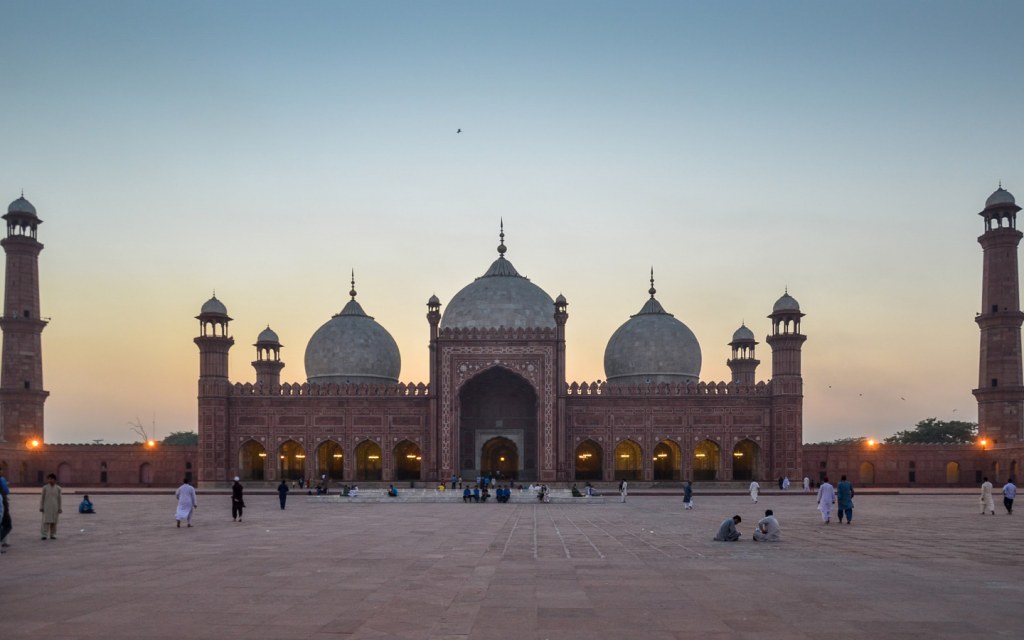
Things were pretty much the same when the British took control of India. The mosque was used as a military training space. However, the British government later returned the mosque as a good will gesture. But, the structure of the mosque had dilapidated from neglect and misuse. The British government set up The Badshahi Mosque Authority in 1852 to restore the original beauty of the historical monument. Massive repairs were also made under the management of architect Nawab Zen Yar Jang Bahadur. Restoration and renovations carried on until 1960 and the total costs accumulated to more than PKR 4.5 million.
Location: Walled City, Lahore
Lahore Museum
The list of historical buildings in Lahore is incomplete without the inclusion of The Lahore Museum. Originally established in 1865-66, the present building is situated in Mall Road. Being the biggest museum in the country, it offers many interesting things to see. These include a wide collection of textiles, ancient jewelry, armory, and pottery.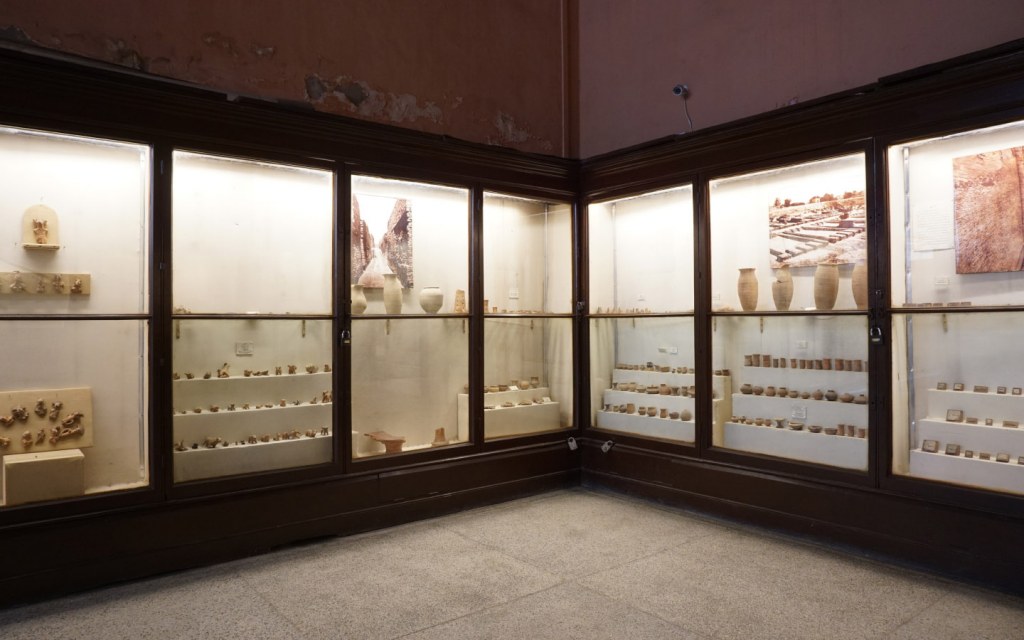
The visiting hours are from 9 am to 5 pm. Tickets range from PKR 5 for children/students and PKR 20 for adults. However, foreigners are charged PKR 400. The museum is one of the most famous buildings in Lahore but is closed on Fridays and on Eid holidays.
Location: Mall Road, Anarkali Bazaar
Tomb of Jehangir
The list of old buildings in Lahore is incomplete without the mention of Jehangir’s tomb. As the name suggests, the mausoleum was built for the Mughal Emperor Jahangir by his son Shah Jahan, ten years after his death. The tomb has four minarets which are 30 meters high. Although, historical facts attribute the construction of the tomb to Shah Jahan, many historians believe the tomb was the result of Nur Jahan’s vision. Being the twentieth and the last wife of Jehangir, she envisioned the tomb after taking inspiration from her father’s burial place. It is believed that she designed and funded the mausoleum.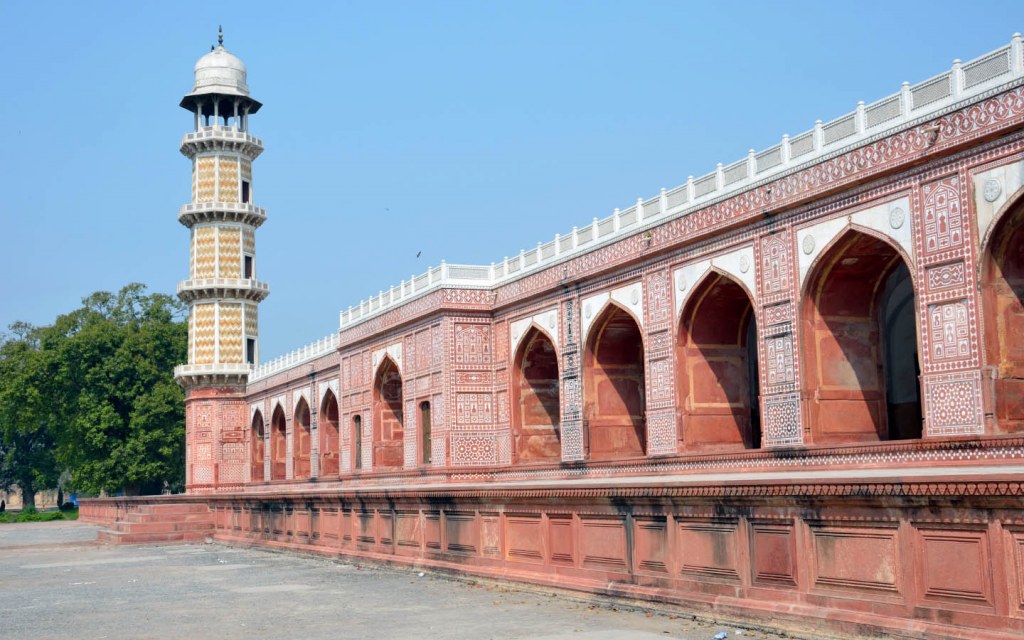
Covering an area of 55 acres, the tomb has been constructed based on the pattern of classical Charbagh that comprises of bisecting perpendicular paths. The tomb is a fine example of the architectural proficiency and geometrical precision of the Mughal architecture. Visiting hours are from 9 am to 7 pm.
Location: Circular Walk, Shahdara Town
Shalimar Garden
Another masterpiece of the Mughal era, Shalimar Garden was constructed by Shah Jahan in 1641 AD. Situated near Baghbanpura, this is among the finest architectural creations by the Mughal emperors. Historians report that the inspiration for the Shalimar garden was taken from the beautiful gardens of Kashmir.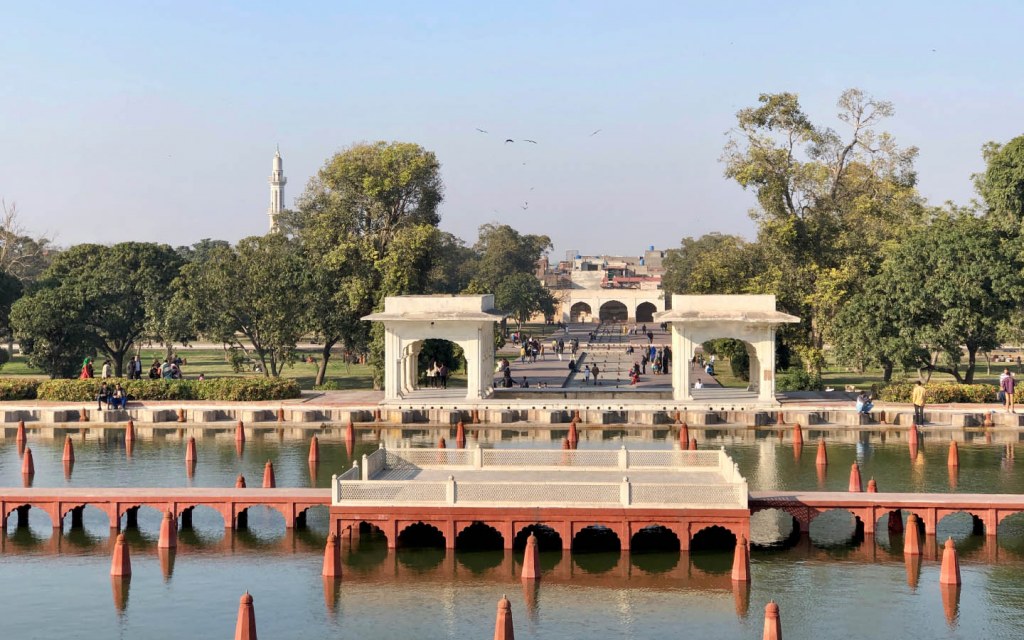
Location: G. T. Road, Shalamar Town
Masjid Wazir Khan
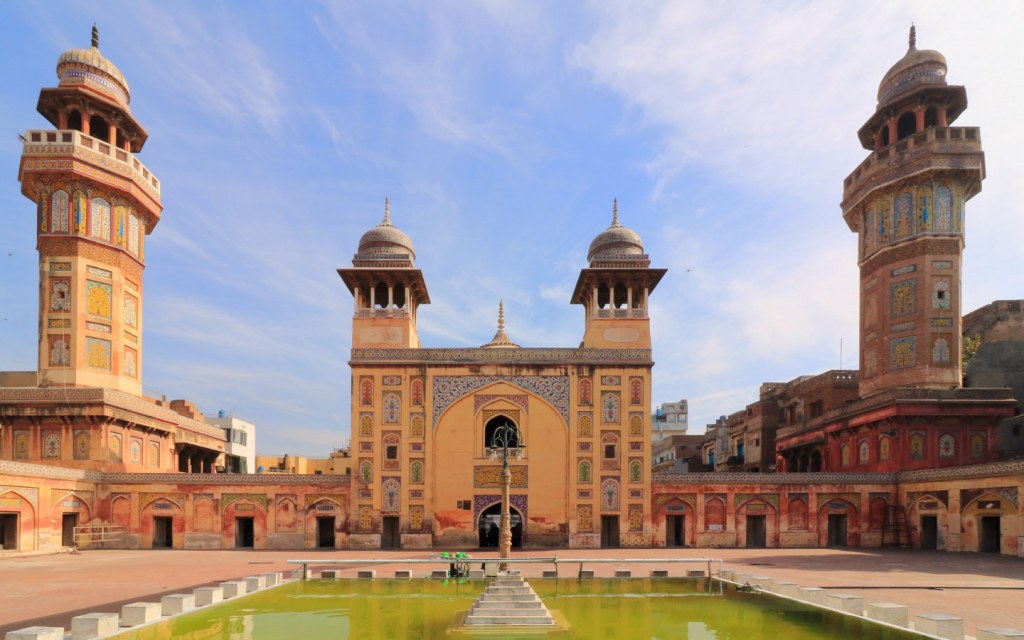
The mosque served as a place of learning under the Mughals. Scholars and intellectuals from all parts of the Muslim world gathered at the mosque to participate in scholarly discussions. Moreover, there were hujras or small rooms in the mosque where students learning calligraphy and the holy Quran resided. The building is famous for its Qashani tile work from the Mughal period. The Persian-influenced styles, colors, and motifs include grapes and star-shaped flowers.
Location: Shahi Guzargah, Dabbi Bazar, Chota Mufti Baqar, Walled City


0 Comments